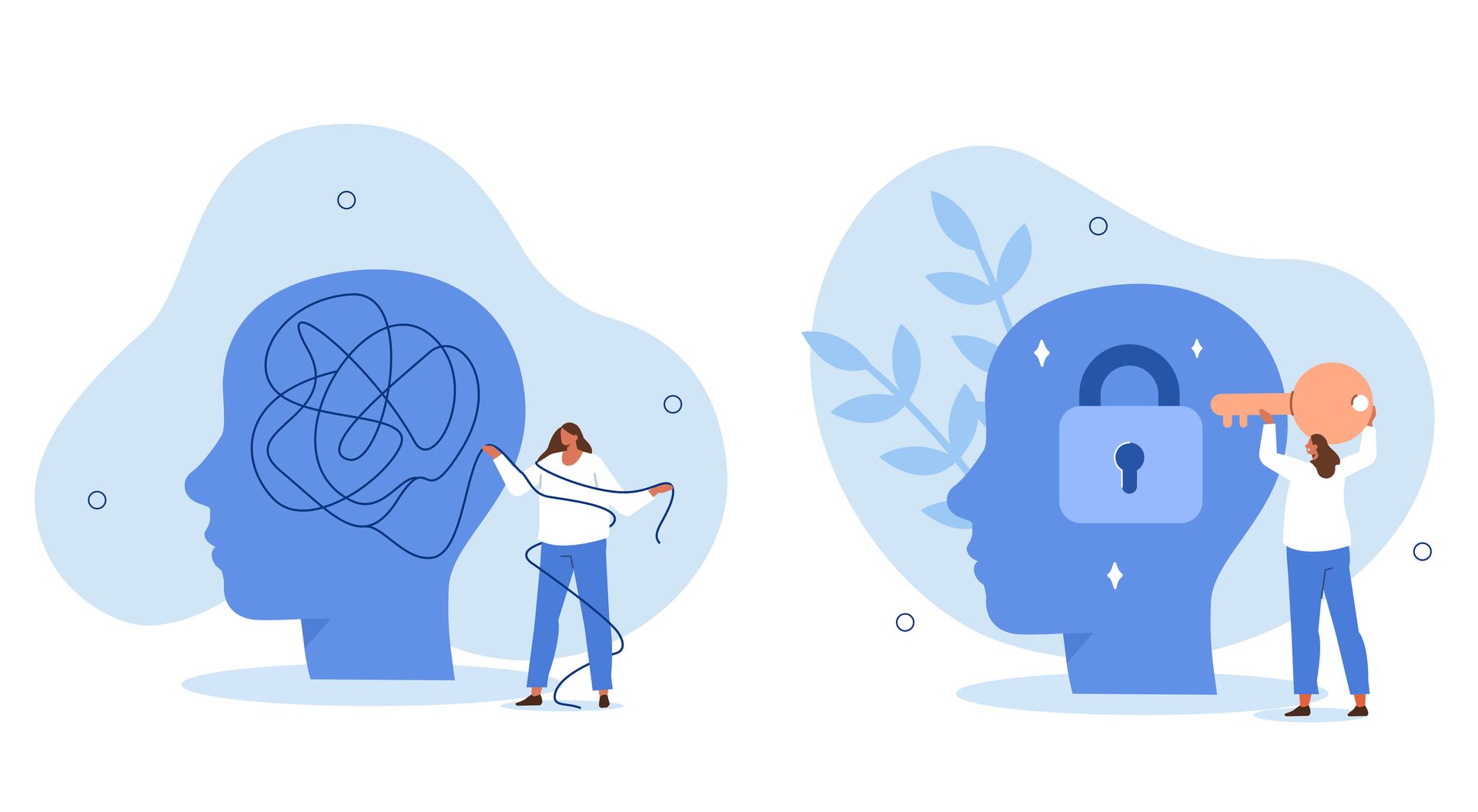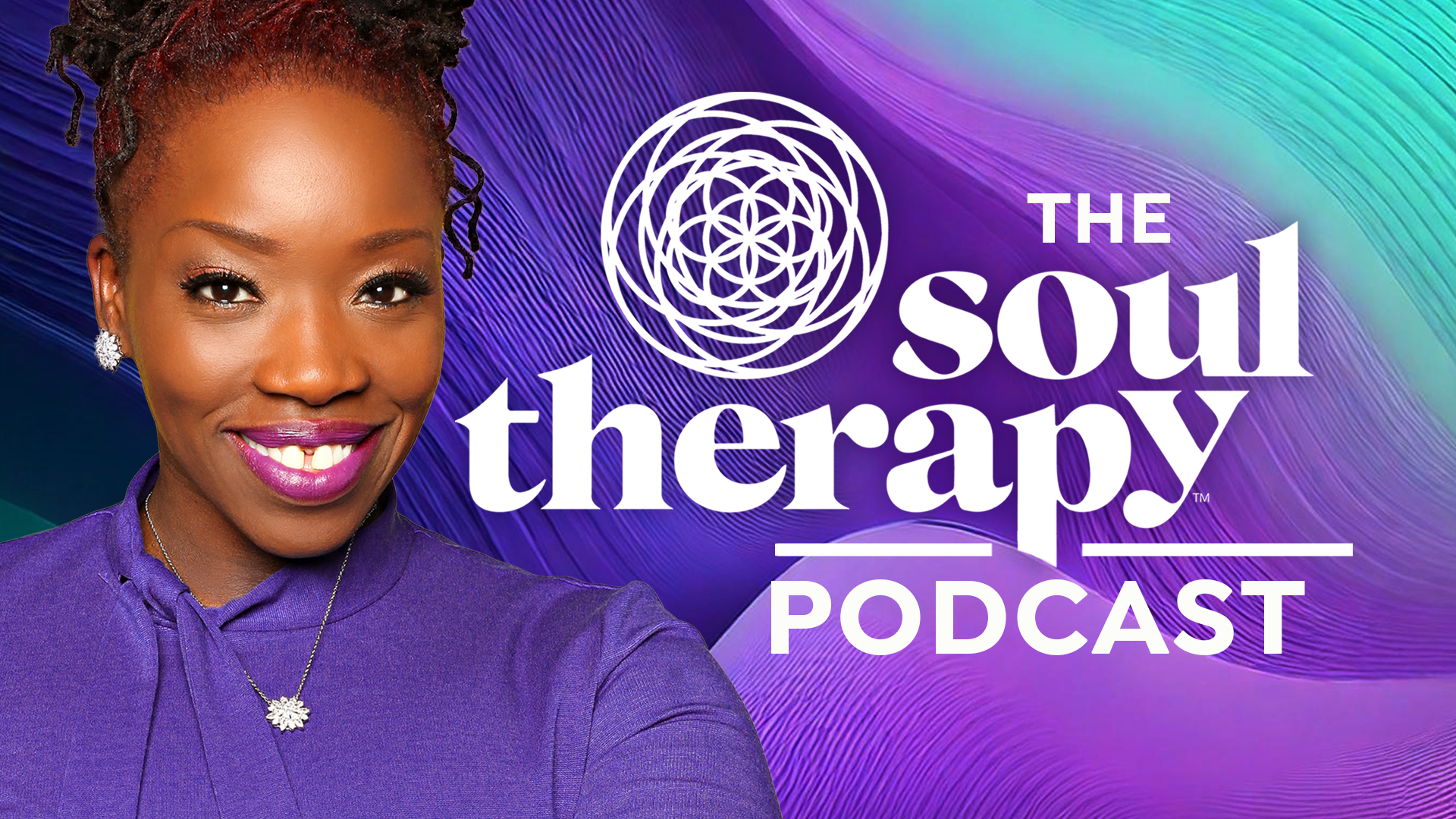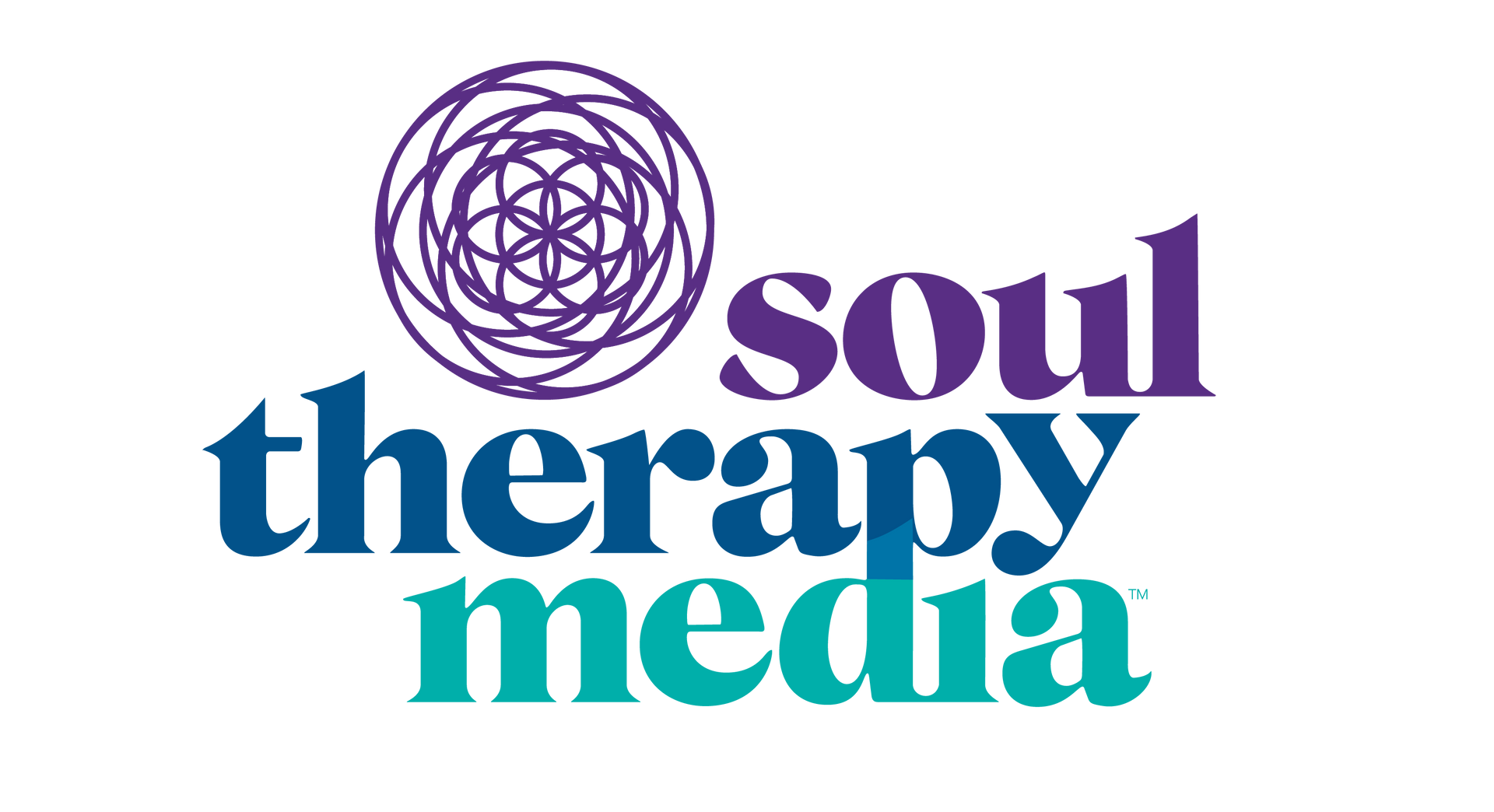Perks Won’t Fix It: The Real Reason Your Team Is Disengaged (and What to Do About It)
There’s a quiet crisis unfolding in today’s workplaces.
Yes, burnout is real. So is retention. And the pace of change? Exhausting.
But beneath all that, there’s something deeper at play—a hunger for meaning.
More and more, people are asking themselves, “What am I really doing here?”
And when an organization can’t offer a response that feels honest, emotionally relevant, and rooted in something deeper than a bottom line, the consequences ripple wide. It’s not just talent walking out the door—it’s trust. It’s belief. It’s energy.
As leaders, many of us were raised in systems that prize performance, productivity, and predictable outcomes. But the world has shifted—and so have people.
Purpose is no longer a luxury. It’s infrastructure.
It’s what holds culture together when uncertainty takes the wheel. It’s what fuels the kind of commitment that can’t be bought with perks or pizza.
A 2022 Gallup study found that only 1 in 3 employees strongly agree that their organization’s mission makes them feel like their job truly matters.
Let that land.
Because purpose isn’t just about vision statements and strategic goals. It’s personal. It’s identity. It’s belonging.
And that’s where the Japanese concept of Ikigai comes in—a powerful lens for how we find meaning in our work. Ikigai lives in the overlap between four simple but KEY questions:
- What do you love?
- What are you good at?
- What does the world need?
- What can you be paid for?
When people begin to align their role with even one or two of these elements, something shifts.
Work becomes more than a task list. It becomes a place to express who they are, serve something bigger, and feel seen.
And when that energy shows up on a team, it’s fire. In fact, employees who feel connected to purpose are 4.6x more likely to be engaged—and far less likely to walk away when times get hard.
So how do leaders create that kind of culture—especially when navigating tight budgets, heavy expectations, and a world that’s evolving at the speed of light?
Here are three ways to begin:
- Make purpose part of the conversation.
Purpose can’t live in a slide deck. Bring it into your meetings, your decision-making, your one-on-ones. Ask your team: Why does this matter? Who does it serve? Normalize those check-ins—not as fluff, but as fuel.
- Celebrate the invisible wins.
Yes, KPIs matter. But so does the teammate who held space during a hard week. The one who challenged the status quo with care. The one who brought their full, creative self to a project. Recognize those moments. They shape culture just as much as metrics.
- Give your people room to explore their own “why.” Not everyone will find soul-stirring purpose in every task—but they can find meaning in how they show up. Create space for reflection. Try purpose-mapping sessions, journaling prompts, or collaborative storytelling. Let people find themselves in the work.
A Harvard Business Review study found that 9 out of 10 employees would trade part of their salary for more meaningful work.
That's 90% of employees! Whew...
Clearly what people are really craving isn’t just comfort—it’s connection.
And here’s the thing: purpose doesn’t require perfection. It just needs clarity.
Clarity grounds people when everything else feels uncertain. It aligns teams. And it reminds your people—we’re building something worth believing in.
So, if you’re wondering what your team really needs during this time, start here: What is the soul of your organization—and how are you actively nurturing it?
And just as importantly: Are you creating space for your people to discover and live out their own sense of purpose?
If you're ready to explore that question more deeply and need a thought partner to help translate your values into experiences, culture shifts, or strategic design, let's connect! connect@soultherapymedia.com
#PurposeDrivenLeadership #OrganizationalWellness #HumanCenteredDesign #WorkplaceCulture #EmployeeWellbeing






